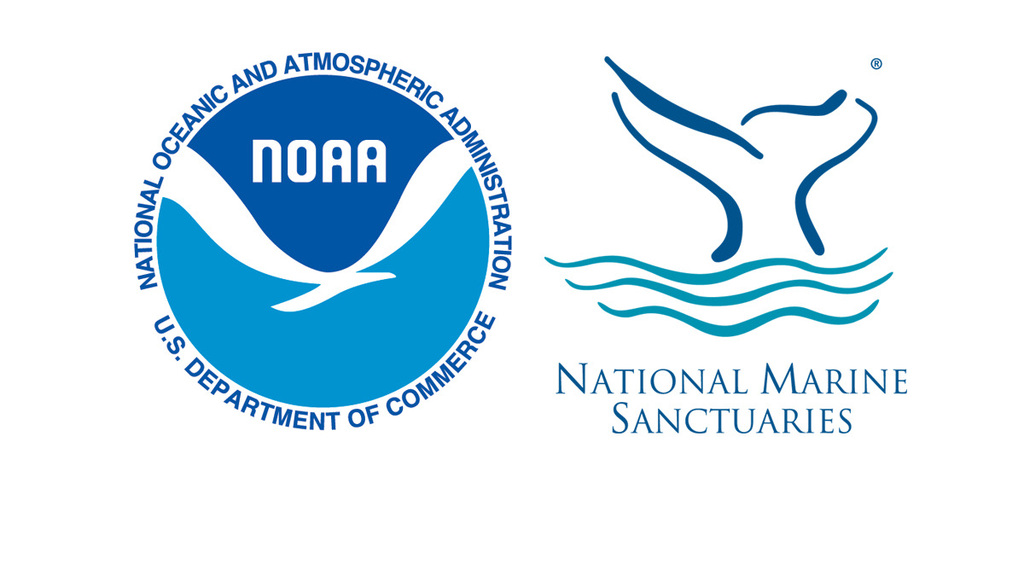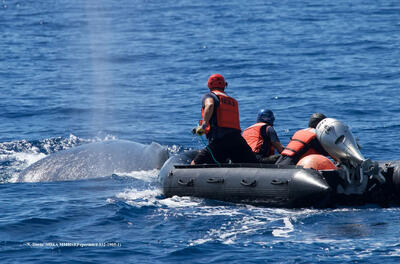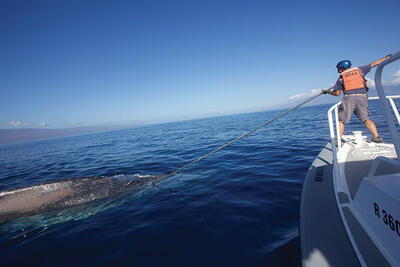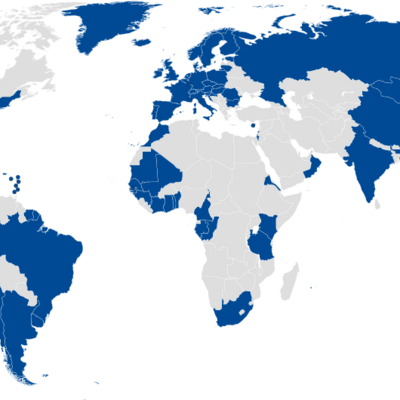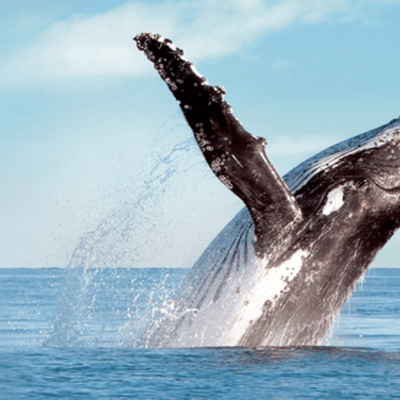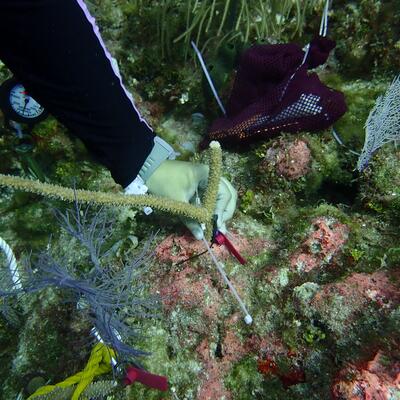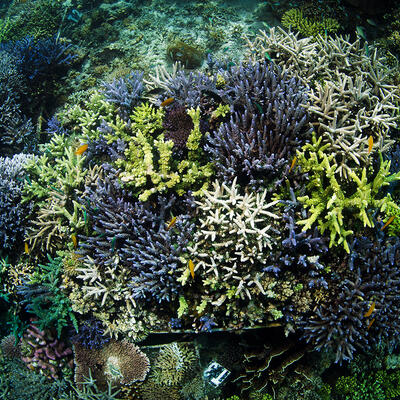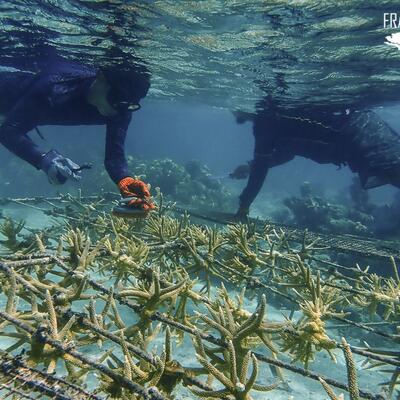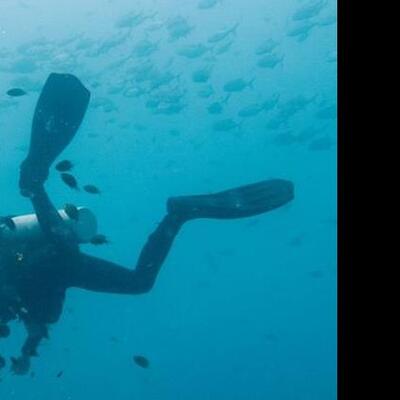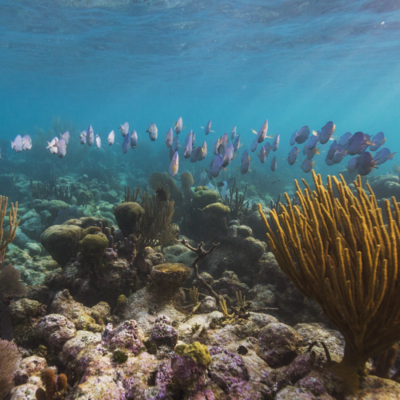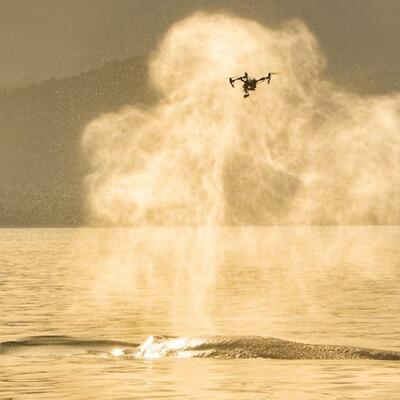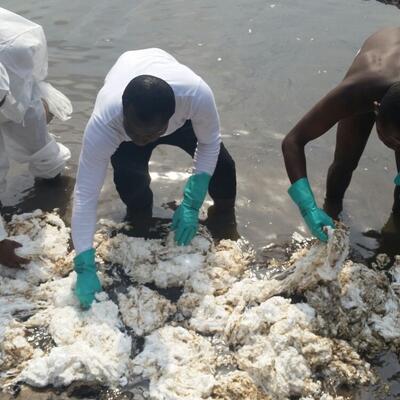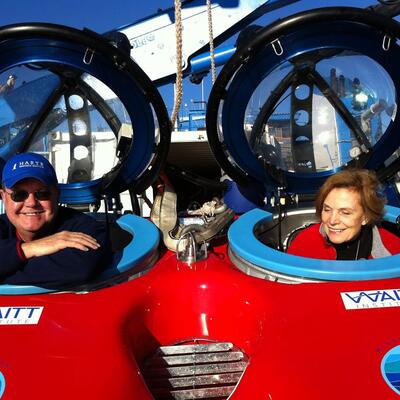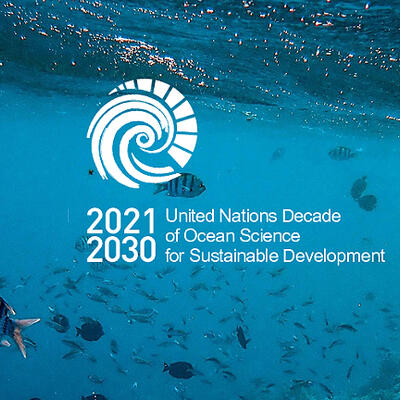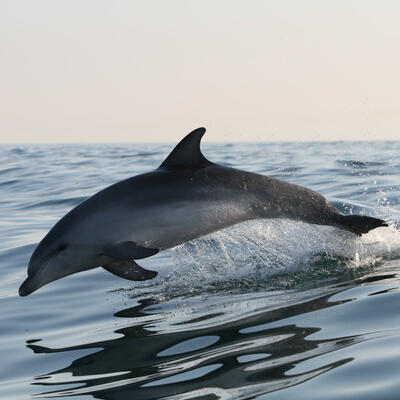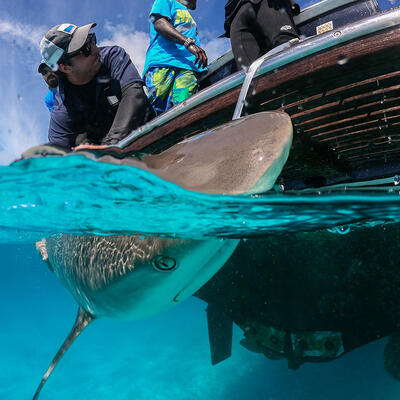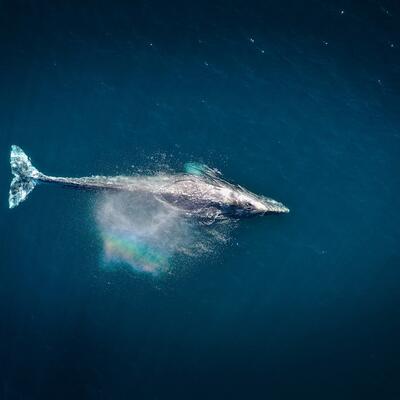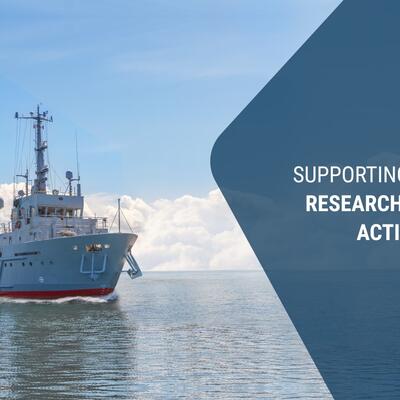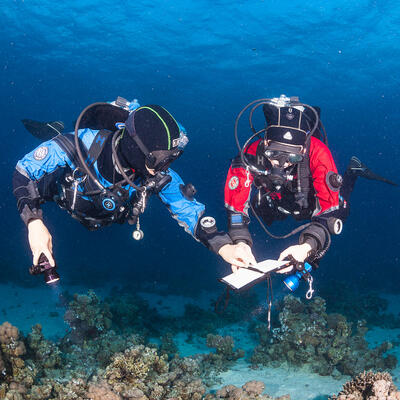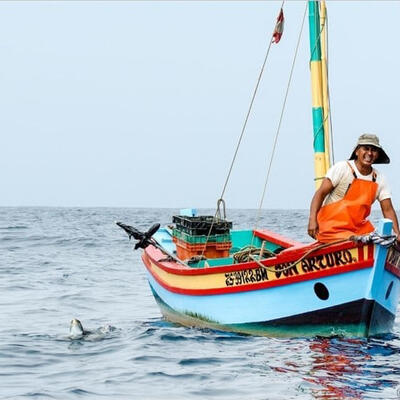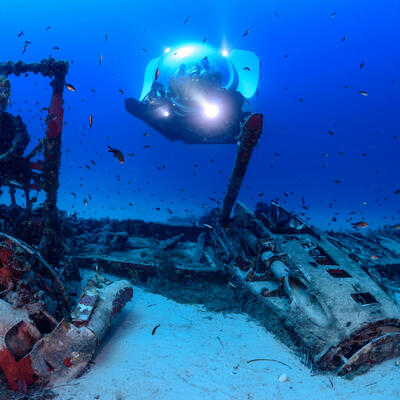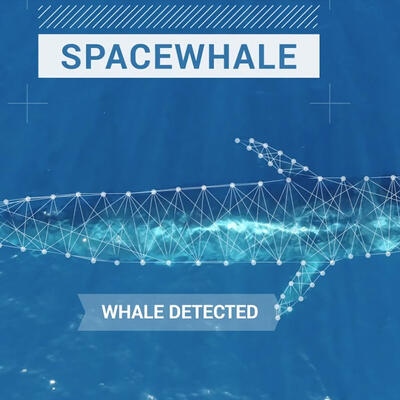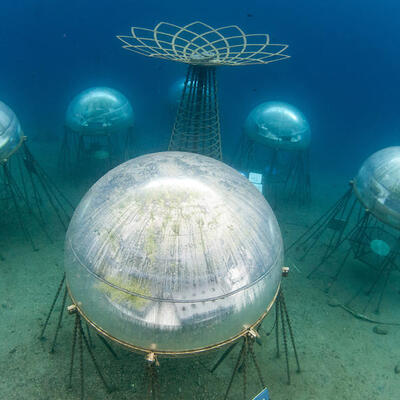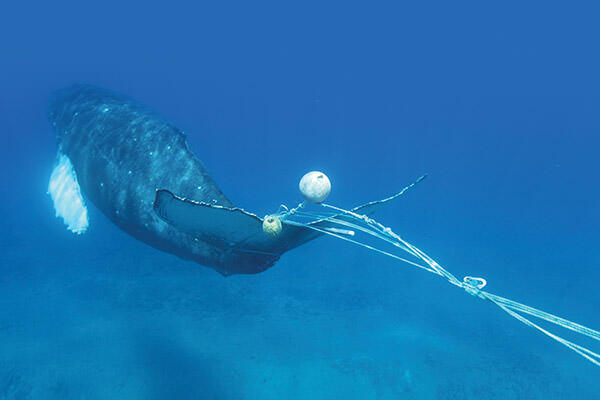
NOAA - Sanctuaries
-
Main problem:
Abandoned fishing gear, ghost nets -
Subproblem:
Loss of biodiversity, destruction of marine ecosystems -
Consequence:
Development of solutions , Species extinction -
Solution:
Support of projects that actively rescue whales and marine animals
Freeing a GIANT
by Elizabeth Weinberg
How do you disentangle a 45-foot-long, 40-ton animal like a humpback whale? Very carefully...
...And the Hawaiian Islands Large Whale Entanglement Response Network has it down to a science.
Each year, numerous whales and other marine animals become entangled in a variety of materials, such as fishing gear, rope and plastic bags. Entanglement can physically harm animals while also impairing their movement. An entangled animal can find it difficult or impossible to feed, and at times the entanglement can drown them.
That’s where the Hawaiian Islands Large Whale Entanglement Response Network comes in. These highly-trained professionals from Hawaiian Islands Humpback Whale National Marine Sanctuary, working closely with and under authority of NOAA Fisheries’ Marine Mammal Health and Stranding Response Program, know how to safely rescue creatures like humpback whales from entanglement.
Humpback whales can hold their breath for much longer and swim faster than a human can, and an entangled whale is often stressed or panicked. Trying to free a 40-ton whale that likely doesn’t realize rescuers are there to help can be dangerous for the animal and for humans. Rescuers never enter the water to free an entangled whale.
Instead, rescuers grab hold of the entangled lines using a grappling hook, then attach a series of buoys to the lines. This keeps the whale at the surface and slows it down enough for the disentanglement team, following the whale in a small inflatable boat, to gain access to the animal and the lines it’s tangled in. However, even with the buoys attached, the inflatable boat may still get towed behind the animal. Humpback whales are strong animals that can move rapidly through the water, so this can be quite dangerous. It is important that the disentanglement team be trained and prepared to respond to the whale’s movements.
As the whale grows tired, the rescuers work their way closer. Once they’re close enough, they use a custom-designed knife attached to a long pole to cut away the gear entangling the whale. These knives are specially designed to cut the rope but not the whale. Typically, after several passes, the whale is free!
Once the whale is untangled, the team uses the grappling hook once again to collect and remove the debris from the water so that other animals don’t become trapped in the future.
Entanglement is a problem around the globe, and sanctuary staff can only help a small percentage of entangled whales. Since 2002, Hawaiian Islands Humpback Whale National Marine Sanctuary has received more than 100 confirmed reports of entangled humpbacks, representing at least 70 different animals — and more entanglements go unseen and unreported.
Photocredits by ©noaa ©ElizabethWeinberg
https://sanctuaries.noaa.gov/
